Fixing Fashion initiative hopes to patch up "broken" clothing industry
Dutch designer Dave Hakkens has launched an online academy that teaches users how to fix "99 per cent of their clothing" in a bid to combat the mounting issue of textile waste.
Called Fixing Fashion, the platform features instructions and video tutorials on how to repair, remake, resize and recolour damaged or unwanted clothing items.
Alongside this, Hakkens has also created a fashion collection that illustrates these different techniques but will not be for sale.
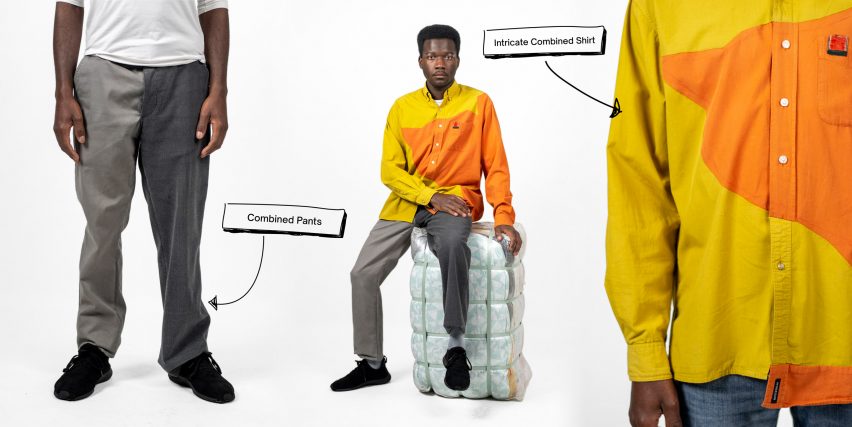
"Many sustainable fashion efforts focus on the origin of garments and promote solutions to be purchased," said Hakkens.
"But fashion doesn't need something new, we already have enough clothes in the world for the coming decade. It's time to stop buying, stop creating more waste and proudly reuse what we already have."
" Fixing Fashion is a brand that doesn't try to sell you anything," he added. "It shows people how to keep their existing clothes by better caring for, repairing or upgrading them."
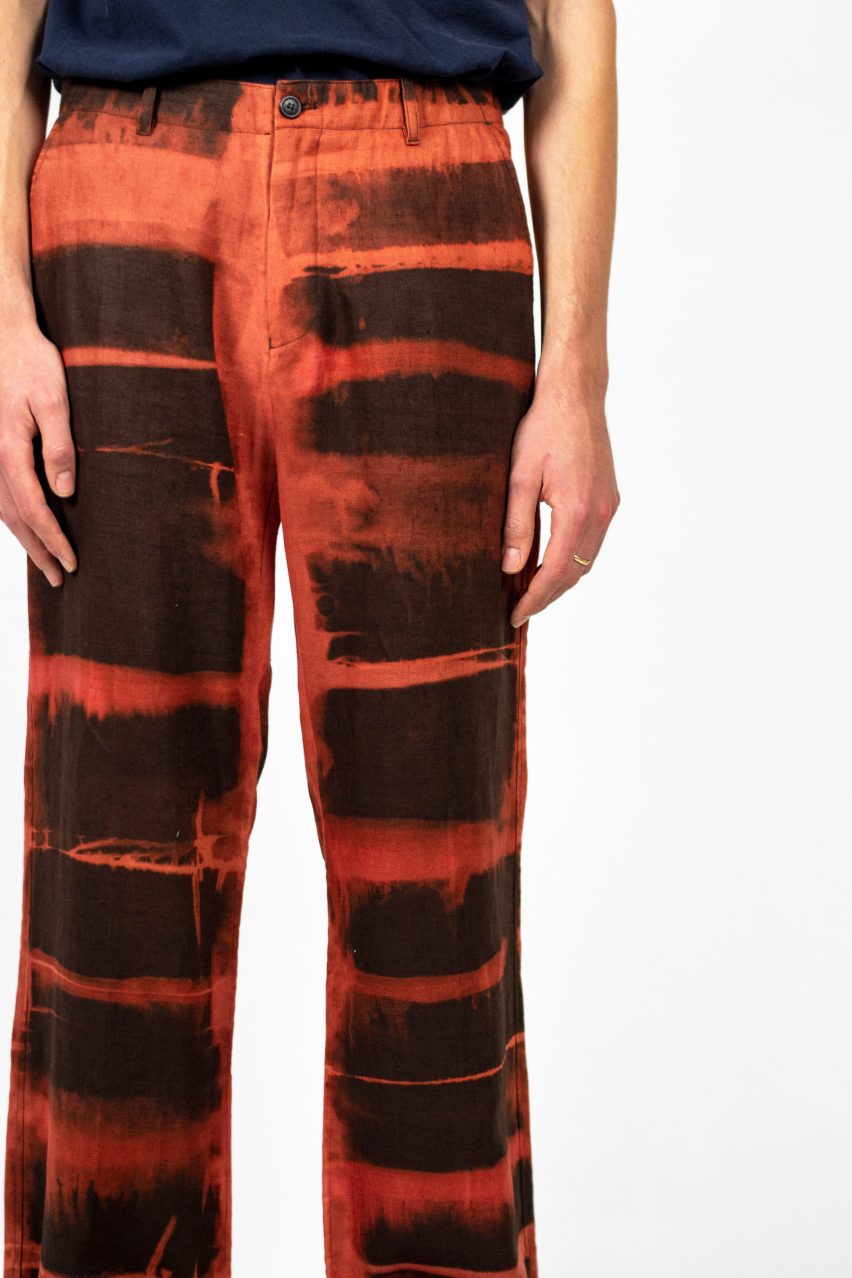
Currently, around 92 million tonnes of textiles are discarded globally each year – a number that is expected to increase to more than 134 million tonnes by 2030 as fast fashion often sees garments worn only a handful of times before they are discarded.
As most clothing items are made from a blend of different fibres and colours, only 12 per cent of this material is ultimately recycled and reused. The remainder ends up in landfill or being incinerated.
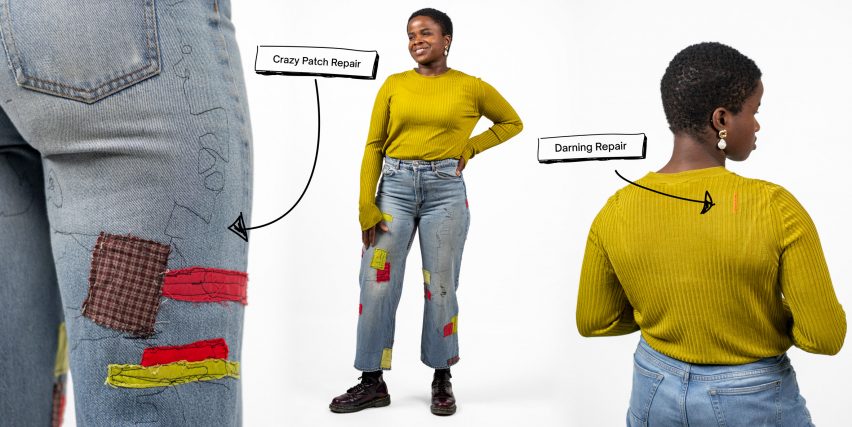
Hakkens aims to fix this "broken" system by drawing on DIY techniques that have been passed down for generations and that are used by a growing community of "thrift flippers" on the internet, who transform charity shop finds into on-trend garments.
"Most of the repairs came from the ancient logic of repairing – what grandmas know," Hakkens explained.
"When we upgrade clothes by recolouring them or combining different items together, it goes along the same lines but we add a bit of creativity to the mix. We currently provide 11 different techniques and with those, people can fix 99 per cent of their clothing."
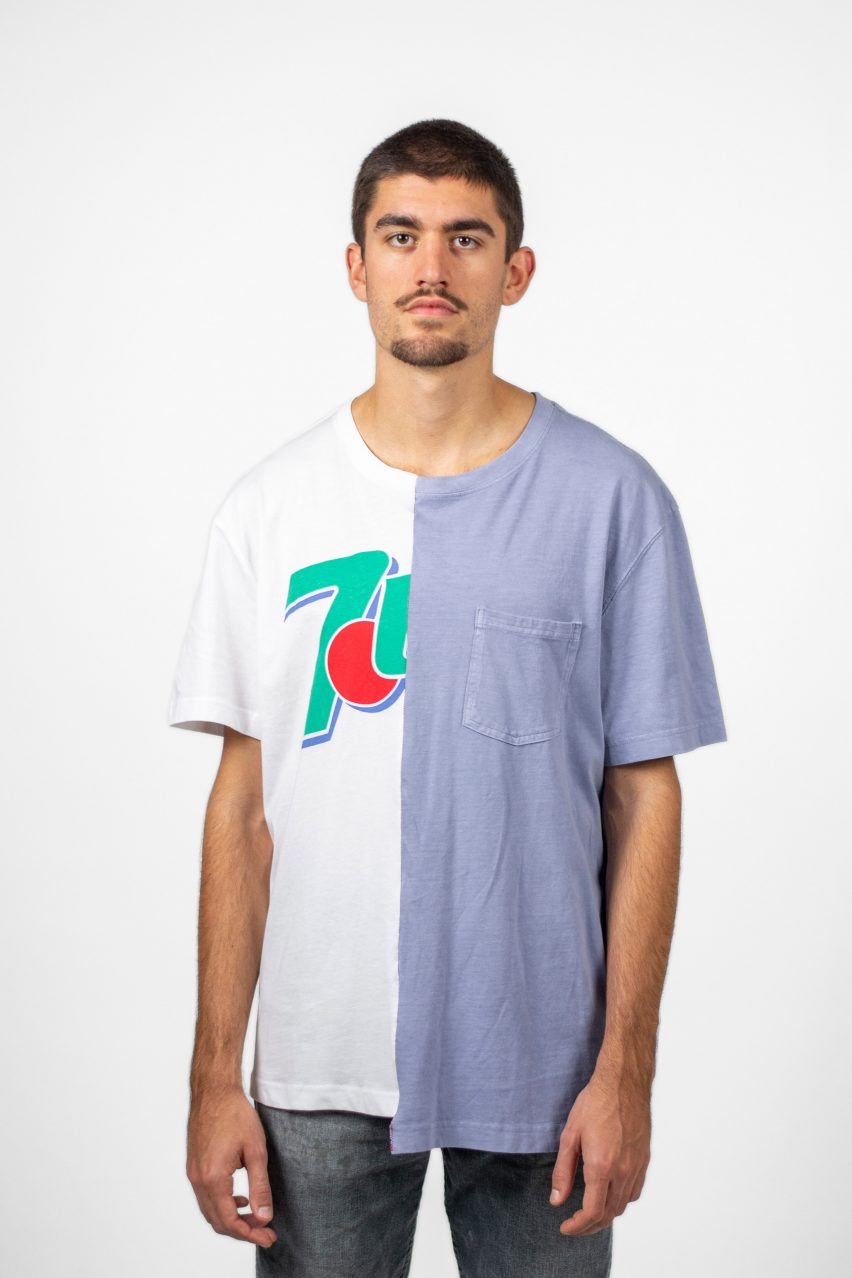
The techniques broadly fall into five categories – remake, repair, resize, recolour and decorate – and range from using onions to dye trousers to patching up holes, turning a T-shirt into a dress and sewing two different shirts together to create a new one.
The Fixing Fashion platform provides a formalised database for these community-sourced hacks to encourage widespread replication and collaboration.
The practice of repairing and reusing unwanted garments can have a large impact on the sustainability of fashion, as studies have shown that extending the lifespan of a piece of clothing by even nine months reduces its environmental impact by 20 to 30 per cent.
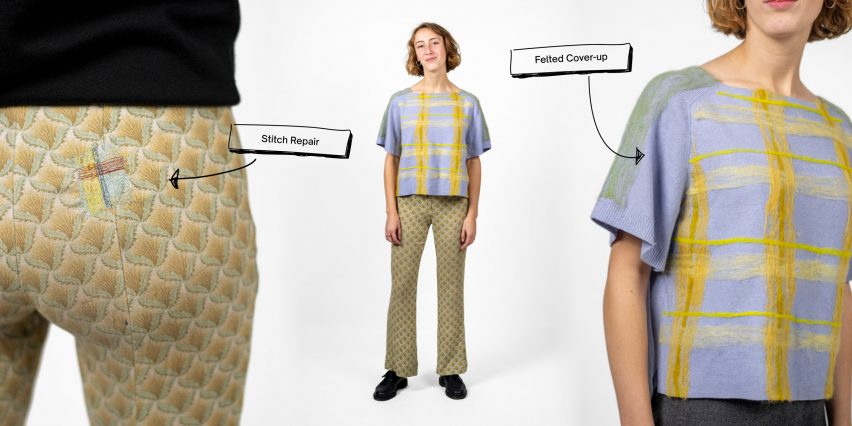
Crucially, Hakkens argues that the main hurdle to achieving this is not a lack of knowledge about the necessary sewing techniques but a desire to wear fashionable items.
"The biggest challenge is not repairing or remaking clothes but it is to make this new look cool and accepted – something you want to wear," he said.
"In the early stage, we need people onboard that inspire others and wear their fixed clothes with pride. Then we start to build our community, provide more techniques, ideas, examples and so on."
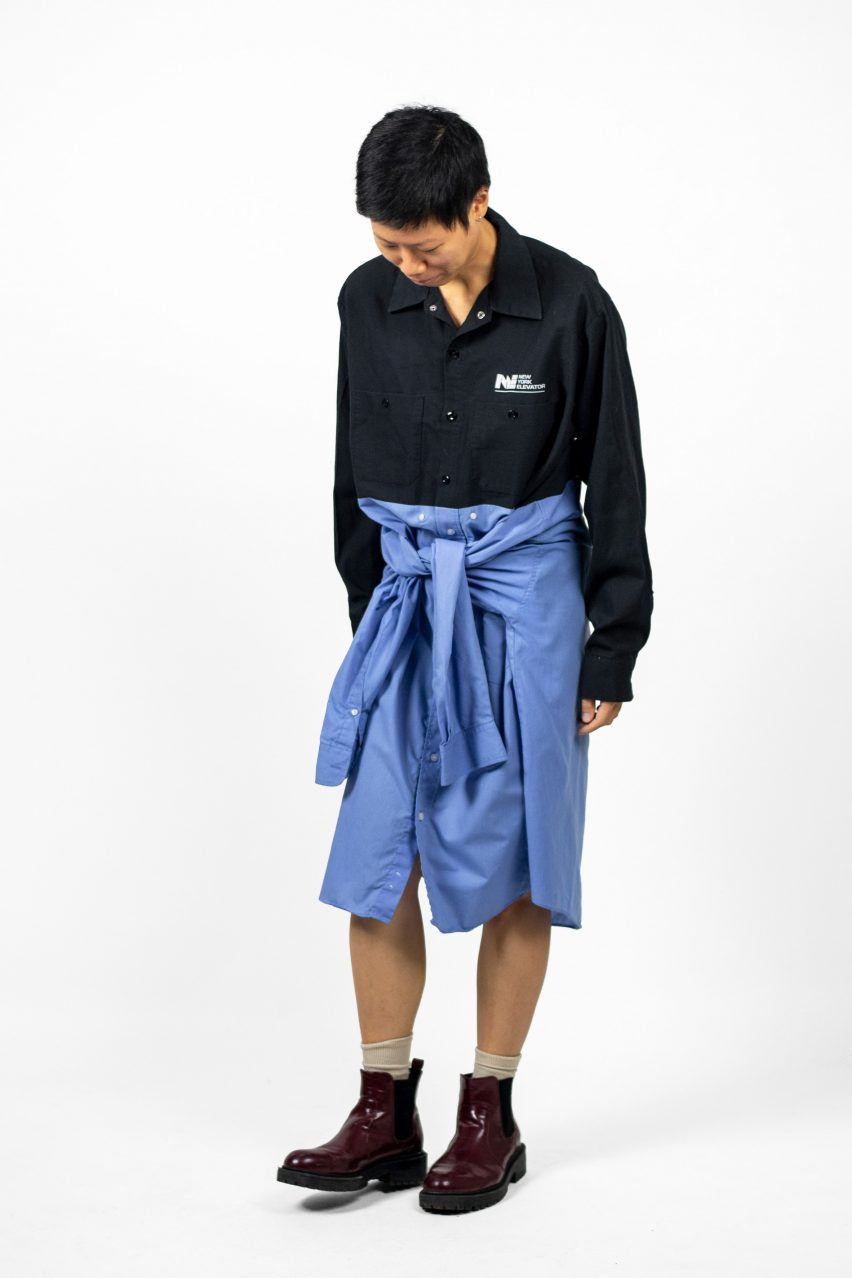
Hakkens has previously created the modular Phonebloks smartphone to reduce e-waste and shared open-source designs for recycling machines as part of the Precious Plastic initiative.
Both of these projects now fall within the remit of his recently launched creative studio One Army – as does the Fixing Fashion platform, which he hopes could one day work in a similarly self-sufficient way.
"For our other project, Precious Plastic, we have an online marketplace which helps our community of makers to grow and sustain itself," Hakkens said. "We could see something similar in the future for Fixing Fashion. But first, we need to make sure people are actually keen on wearing it."